Description
Inorganic Chemistry provides essential information in the major areas of inorganic chemistry. The author emphasizes fundamental principles—including molecular structure, acid-base chemistry, coordination chemistry, ligand field theory, and solid state chemistry — and presents topics in a clear, concise manner.
Concise coverage maximizes student understanding and minimizes the inclusion of details students are unlikely to use. The discussion of elements begins with survey chapters focused on the main groups, while later chapters cover the elements in greater detail. Each chapter opens with narrative introductions and includes figures, tables, and end-of-chapter problem sets.
This text is ideal for advanced undergraduate and graduate-level students enrolled in the inorganic chemistry course. The text may also be suitable for biochemistry, medicinal chemistry, and other professionals who wish to learn more about this subject are.
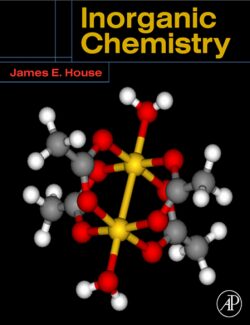
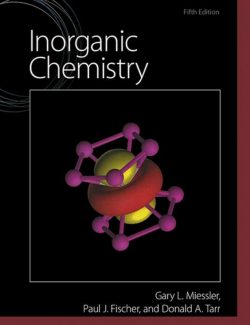
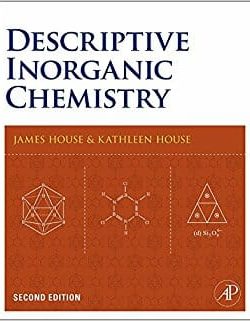
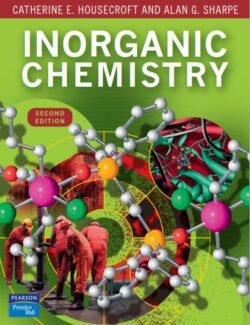
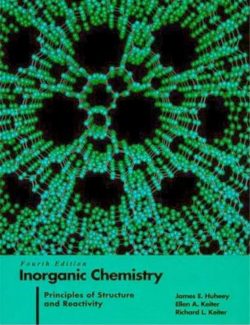
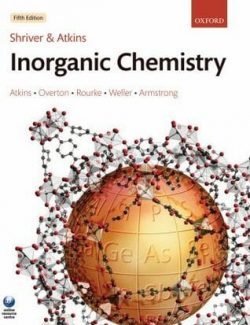
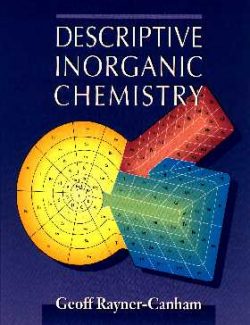
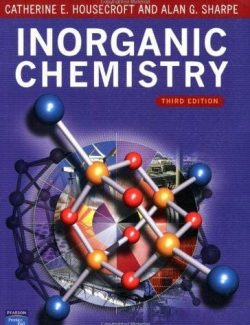

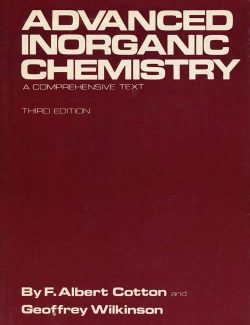
Leave us a comment
1 Comment